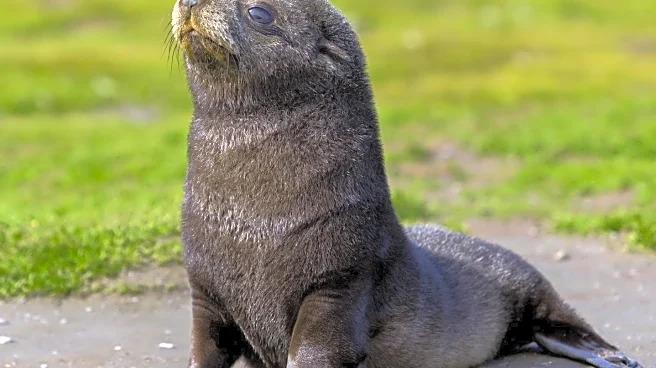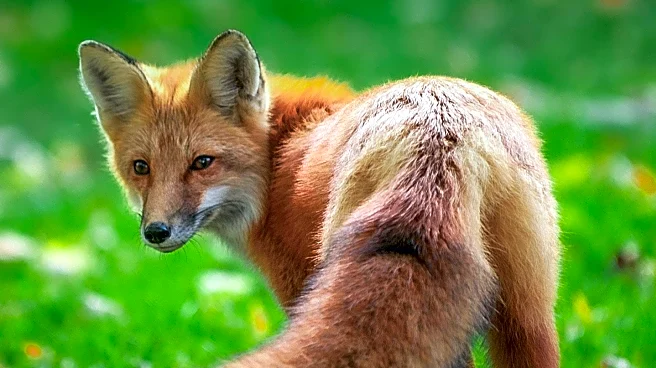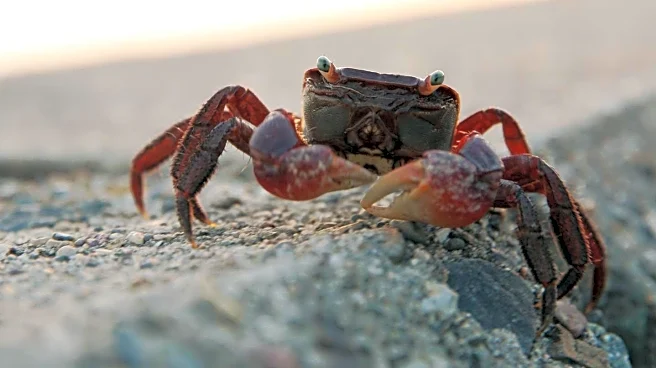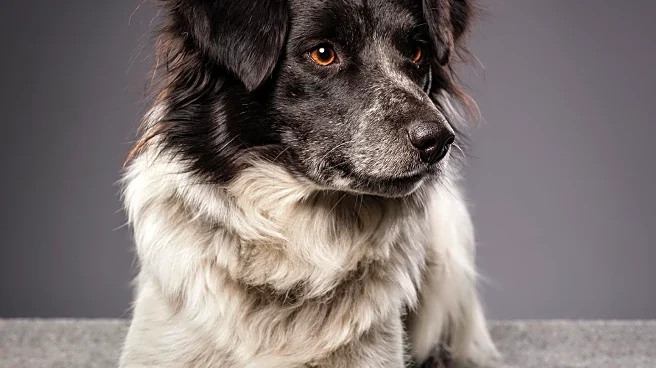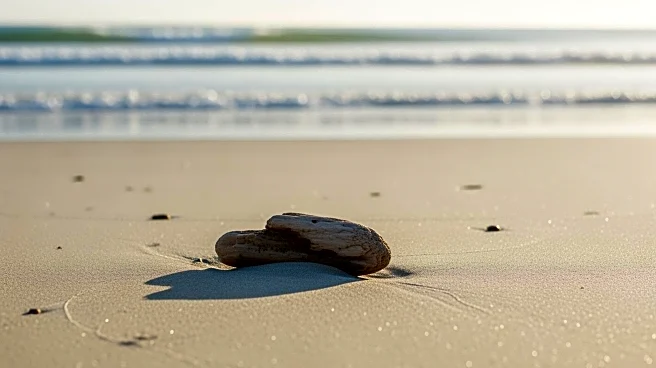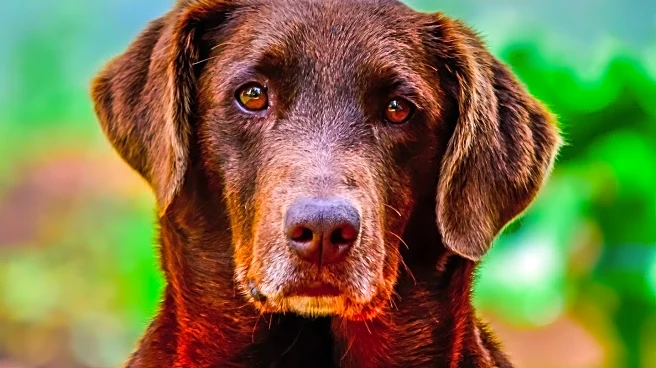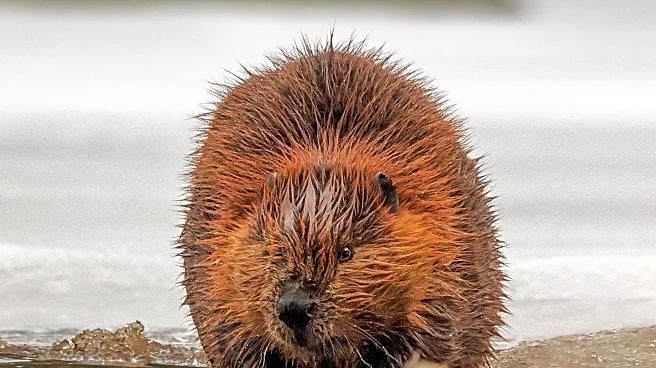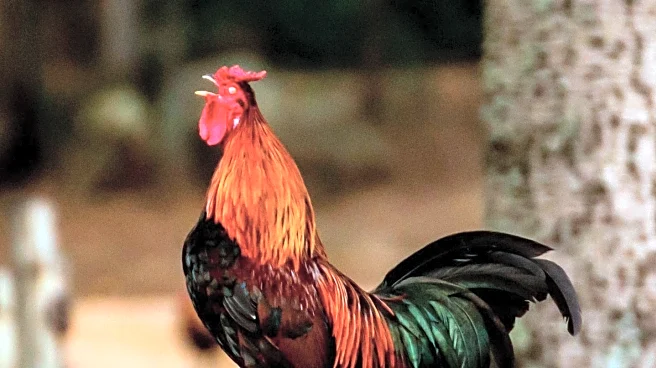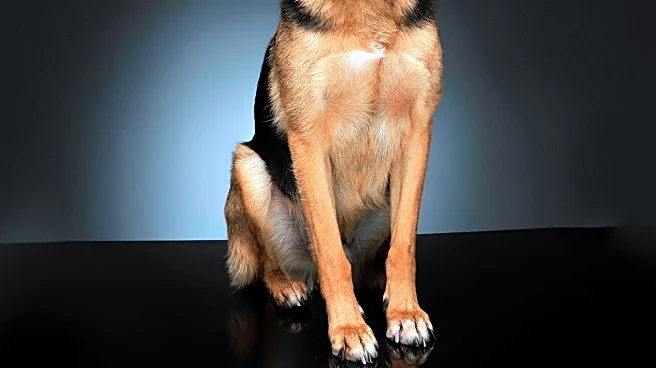What's Happening?
The Cornish Seal Sanctuary has reported an increase in injured seal pups on Cornwall's beaches, attributing the injuries to potential dog attacks. The sanctuary's animal care team has taken in several
pups with suspected dog bite wounds. As the October half-term holiday approaches, the sanctuary is urging visitors to keep their pets under control and maintain a safe distance from wildlife. Grace Jones, the sanctuary's conservation officer, emphasized the importance of giving wildlife space, noting that even friendly dogs can inadvertently harm vulnerable seal pups. The sanctuary rescues up to 60 grey seal pups annually, many of which are separated from their mothers or injured due to disturbances. Visitors to the sanctuary can see the latest arrivals, named after desserts like S'mores, Meringue, and Sorbet, in the seal hospital and nursery pools.
Why It's Important?
The increase in seal pup injuries highlights the broader issue of human and pet interactions with wildlife, particularly in popular tourist areas. The sanctuary's call for responsible pet management underscores the need for public awareness and education on wildlife conservation. This situation not only affects the wellbeing of the seal population but also reflects on the responsibilities of pet owners in natural habitats. The sanctuary's efforts to rescue and rehabilitate injured pups are crucial for maintaining the local seal population, which can be significantly impacted by such disturbances. The incident serves as a reminder of the delicate balance between human recreation and wildlife preservation.
What's Next?
The Cornish Seal Sanctuary is likely to continue its efforts in public education and awareness campaigns to prevent further incidents. They may collaborate with local authorities and conservation groups to implement stricter guidelines for pet owners in coastal areas. Additionally, the sanctuary might increase monitoring and rescue operations during peak tourist seasons to ensure the safety of seal pups. The response from the public and local communities will be critical in determining the effectiveness of these measures.
Beyond the Headlines
This situation raises ethical considerations regarding human responsibility towards wildlife conservation. It also highlights the potential for legal measures to protect vulnerable species from human-induced harm. Long-term, this could lead to increased advocacy for wildlife-friendly tourism practices and stricter regulations on pet management in natural areas.
